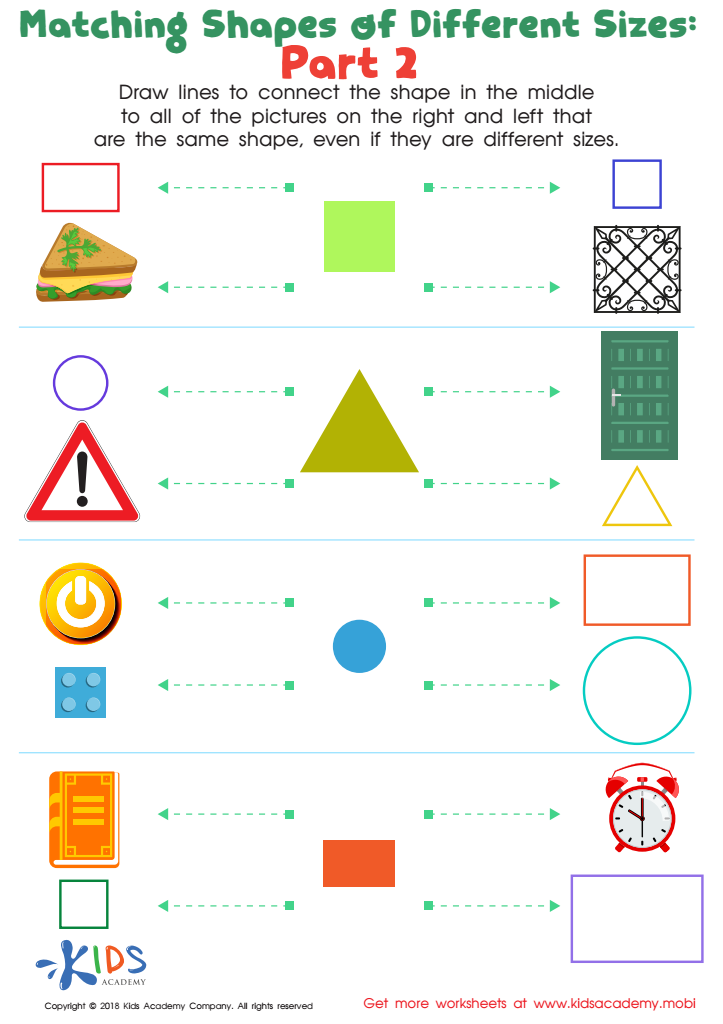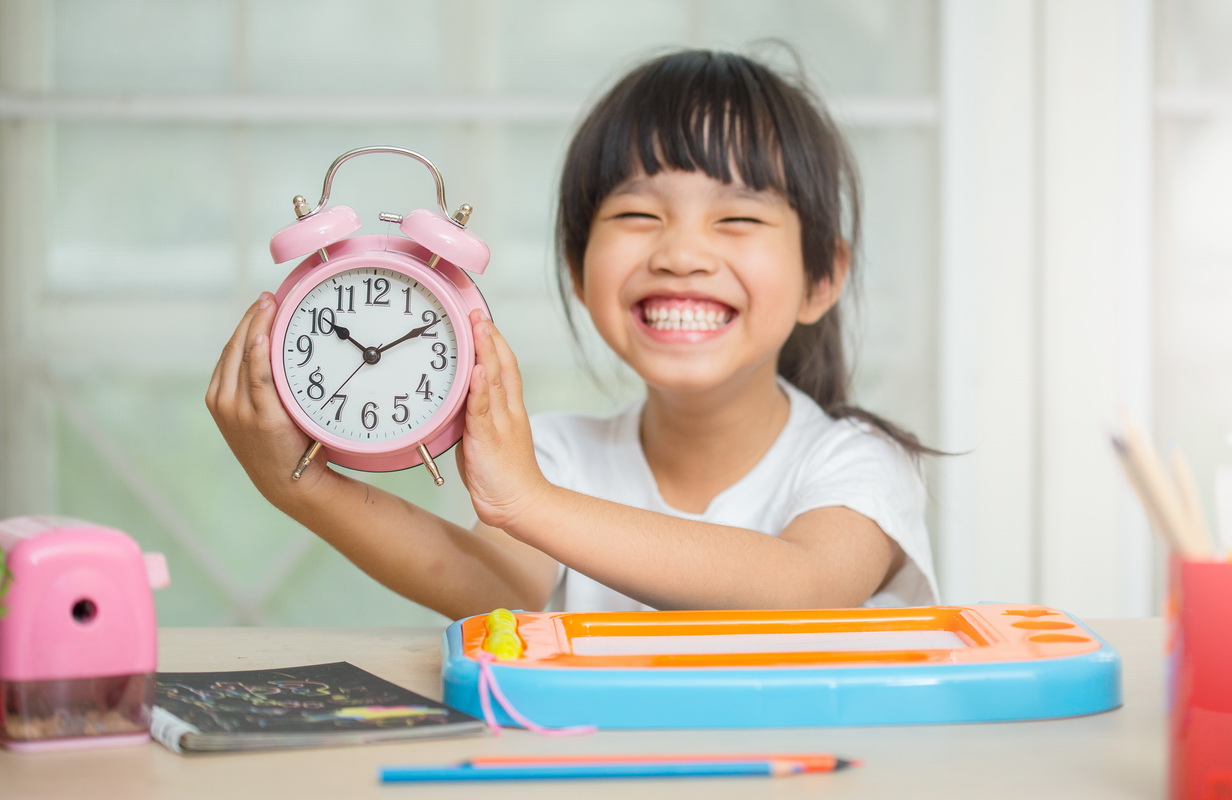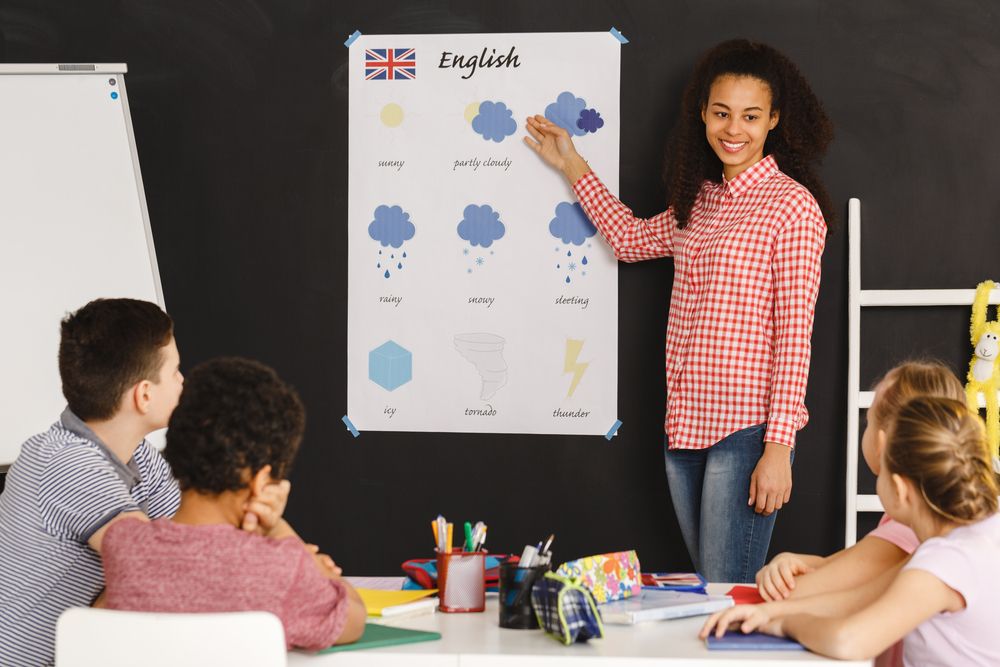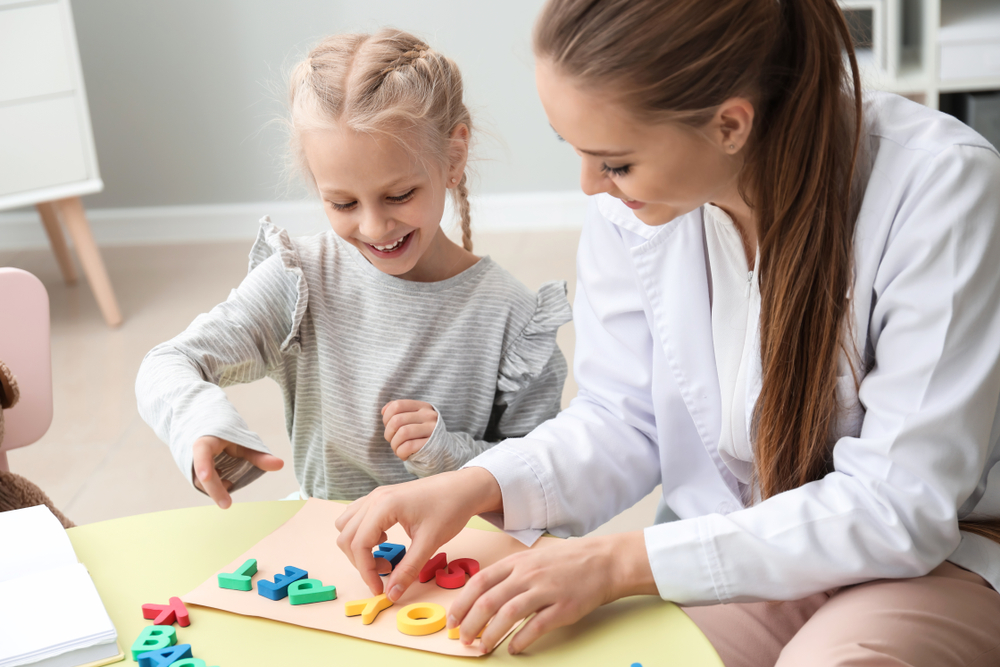Learning about symmetry Worksheets for Kids
1 filtered results
-
From - To


Geometry: Part 2 Worksheet
Question/Answer
What does the Learning about symmetry skill mean when it comes to Preschool Geometry learning?
Learning about symmetry in Preschool Geometry involves teaching young children to recognize and understand balance in shapes and patterns. This skill helps them identify when two halves of an object are mirror images of each other, fostering their spatial reasoning and visual perception abilities. It lays the foundation for more advanced mathematical concepts and geometric understanding in later years.
How does the mastery of the Learning about symmetry skill affect a student's performance at an early age?
Mastery of the Learning about Symmetry skill at an early age positively affects a student's performance by enhancing their spatial reasoning, mathematical understanding, and artistic abilities. It aids in recognizing patterns, improves problem-solving skills, and fosters an intuitive grasp of geometry, all of which contribute to a more comprehensive cognitive development and better academic outcomes in math and science subjects.
How to train the Learning about symmetry skill in Preschool students learning about Geometry?
To train the "Learning about symmetry" skill in preschool students, engage them in hands-on activities such as folding paper to find the line of symmetry, using mirrors to explore symmetrical patterns, drawing or painting symmetrical figures, and identifying symmetry in natural objects like leaves or butterflies. Incorporate symmetry-based puzzles and games to make learning interactive and fun.
 Assign to My Students
Assign to My Students




















